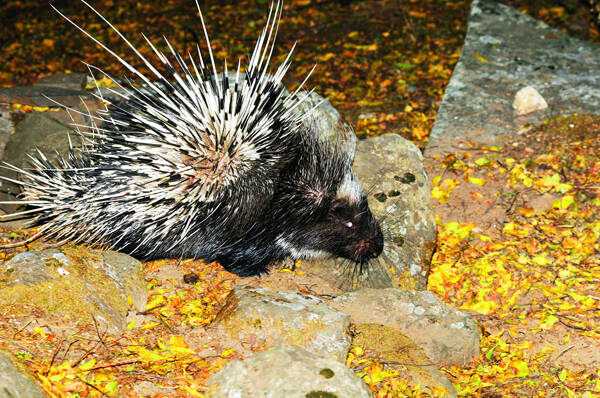
Alex Gentry
Alex Gentry,Porcupine, Chinese porcupine,Hystricomorpha,
Porcupine is also called Chinese porcupine. There are 8 species in the genus···
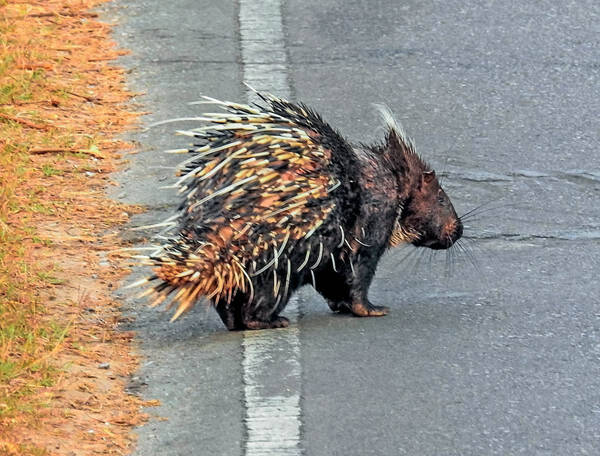
Hystrix brachyura
Hystrix brachyura
The Malayan porcupine is the earliest species named in the genus Porcupine. ···
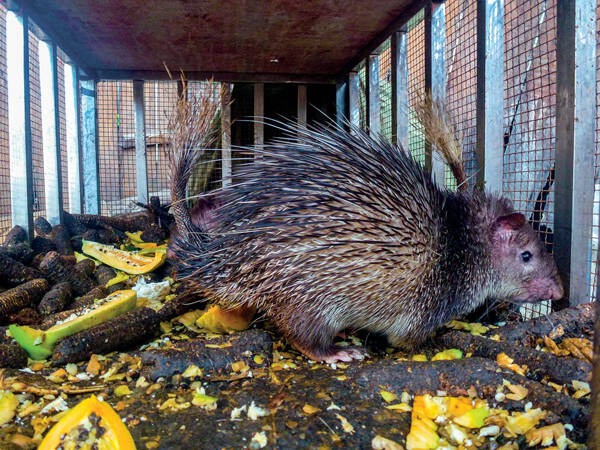
Atherurus macrourus
Atherurus macrourus,Brush-tailed porcupine, Asian brush-tailed porcupine, Asian brush-tailed porcupine
There are 4 genera and more than 20 species in the porcupine family worldwid···
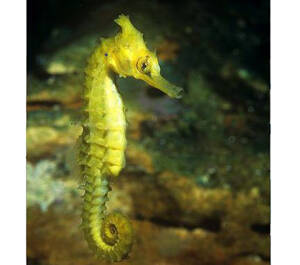
White’s seahorse
Hippocampus whitei,White’s seahorse
White’s seahorse is a species of Syngnathidae in the order Acanthopterygii ···
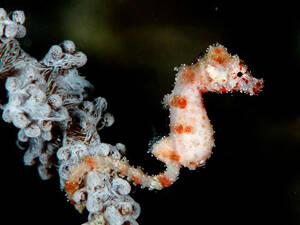
Hippocampus waleananus
Hippocampus waleananus,Wari Island Dwarf Seahorse
Warren's pygmy seahorse, Hippocampus waleananus (M. F. Gomon et Kuiter, ···
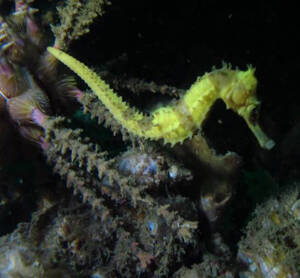
Hedgehog Seahorse
Hedgehog Seahorse,Hippocampus spinosissimus
Hedgehog Seahorse is a fish of the Syngnathidae family and the genus Hippoca···
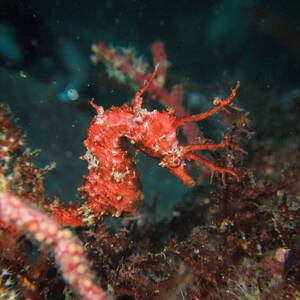
Hippocampus sindonis
Hippocampus sindonis,Sindo's Seahorse,Moss Seahorse,hana tatsu
The Latin scientific name of the flower seahorse Hippocampus sindonis, and t···
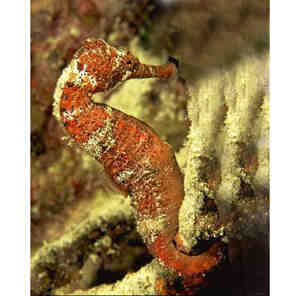
Japanese Seahorse
Hippocampus mohnikei,Japanese Seahorse
Japanese Seahorse is called Japanese Seahorse in English. It is an animal of···
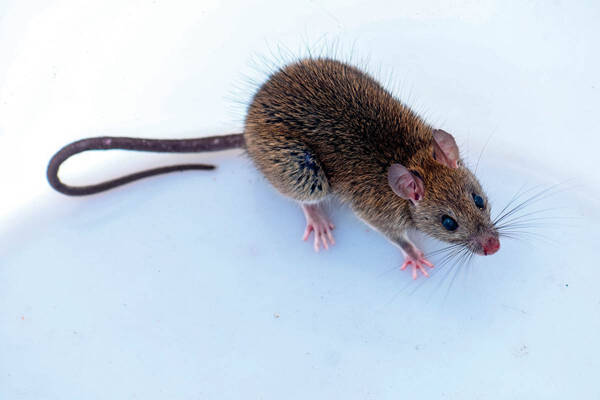
Rattus flavipectus
Rattus flavipectus,Yellow-bellied rat, Long-tailed rat
The yellow-breasted rat belongs to the Murinae subfamily. The scientific nam···
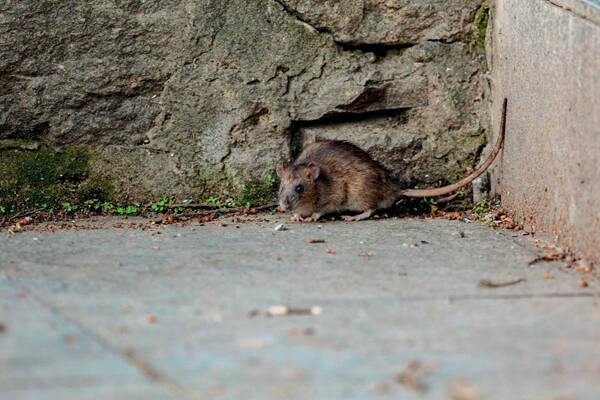
Rattus norvegicus
Rattus norvegicus,Brown rat, rat, white-tailed rat, dung rat, dung rat
Brown rats belong to the subfamily Murinae. The species-level classification···
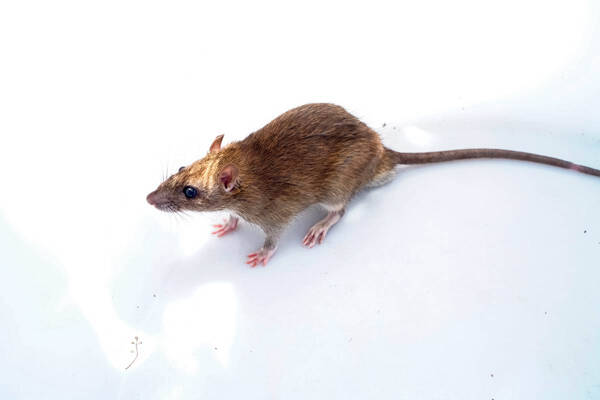
Rattus nitidus
Rattus nitidus,Gray-breasted rat, water rat
Big-footed rats belong to the Murinae subfamily. The species status is stabl···
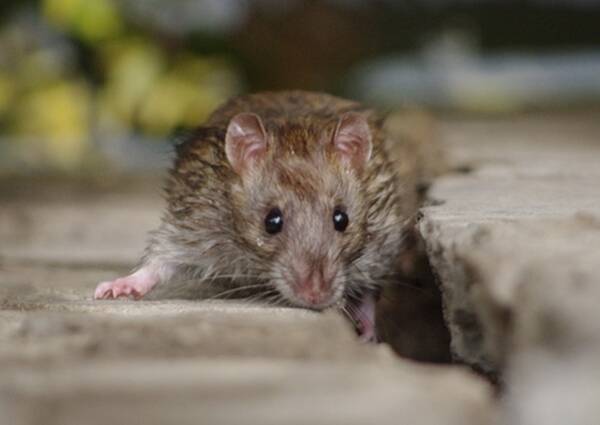
Rattus losea
Rattus losea,Rosset, field mouse, garden mouse, yellow mouse, yellow-haired mouse
The yellow-haired rat belongs to the Murinae subfamily. The type origin of t···
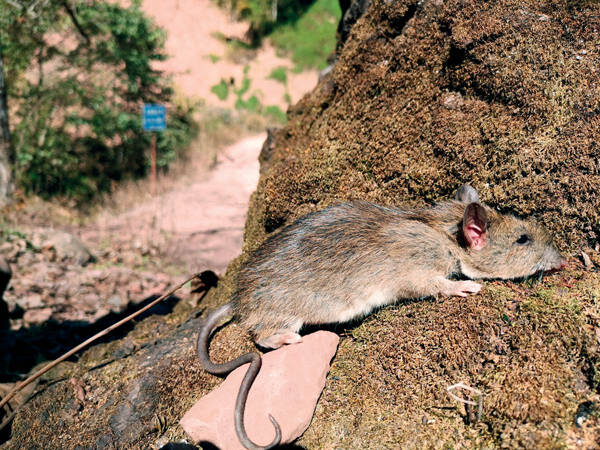
Rattus andamanensis
Rattus andamanensis
The black-margined rat belongs to the Murinae subfamily. This species was pr···
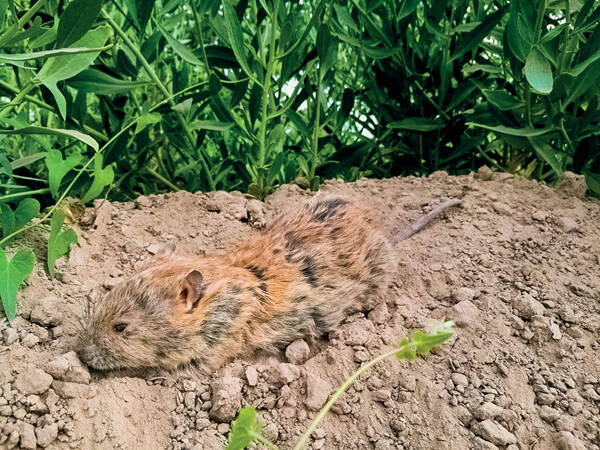
Nesokia indica
Nesokia indica
The Indian ground mouse belongs to the genus Nesokia of the subfamily Murina···
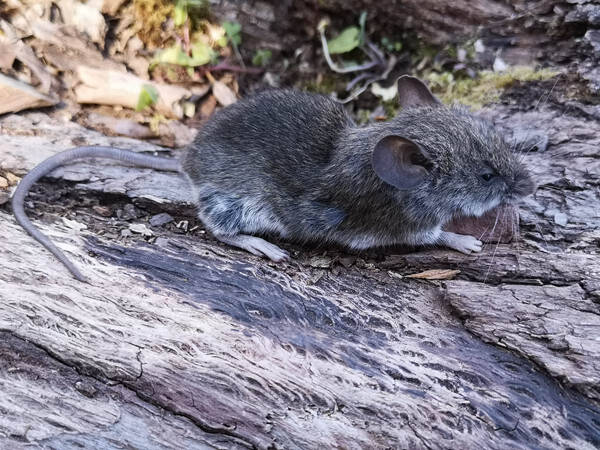
Mus pahari
Mus pahari
The taxonomic status of Sikkim mice is stable and there is little controvers···
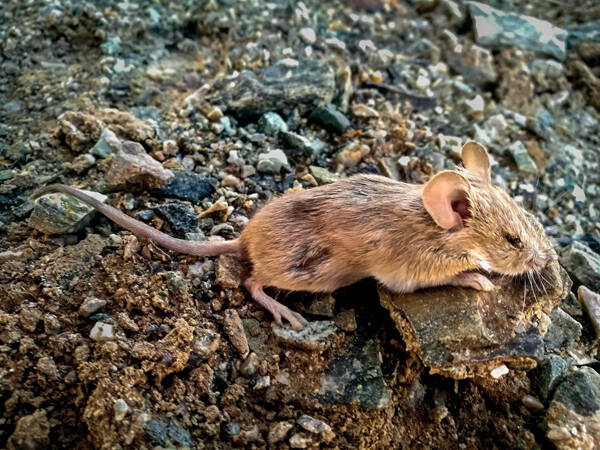
Mus musculus
Mus musculus,Mouse, rat, little mouse, mickey mouse, domestic deer
The house mouse belongs to the Murinae subfamily. The species originated in ···
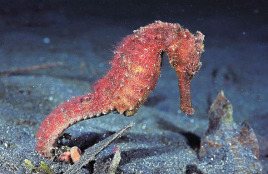
Hippocampus kuda
Hippocampus kuda,Spotted Seahorse,Kuda Seahorse
Hippocampus kuda (scientific name: Hippocampus kuda), also known as Spotted ···
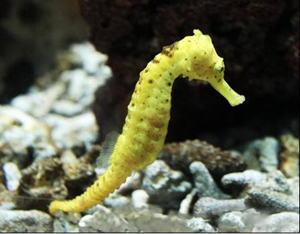
Hippocampus kelloggi
Hippocampus kelloggi,Kelloggi'sseahorse,Seahorse, Grimm's seahorse, Ryukyu seahorse, seahorse
Kelloggi's seahorse (scientific name: Hippocampus kelloggi), foreign nam···
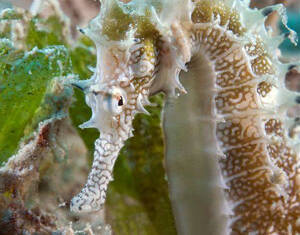
Hippocampus jayakari
Hippocampus jayakari
Jia's seahorse, Latin name Hippocampus jayakari, is a species of Syngnat···
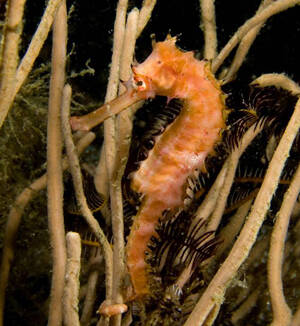
Hippocampus histrix
Hippocampus histrix,Thorny Seahorse,Seahorse
Thorny Seahorse (scientific name: Hippocampus histrix) is a member of the Sy···
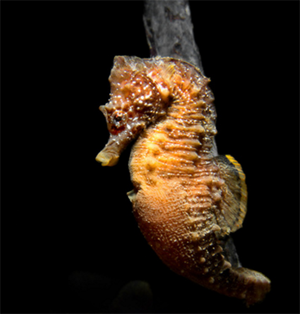
Short-snouted Seahorse
Short-snouted Seahorse,Hippocampus hippocampus
European seahorse, also known as Short-snouted Seahorse, is a member of the ···
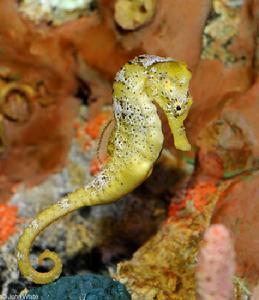
Hippocampus reidi
Hippocampus reidi,Long-snout Seahorse、Slender Seahorse、Slender seahorse,Blunt seahorse, long snout seahorse
Long-snout Seahorse (scientific name: Hippocampus reidi), also known as Long···
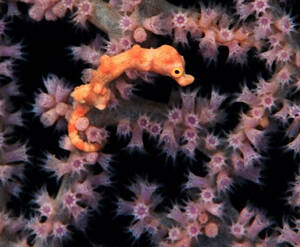
Denise's Pygmy Seahorse
Denise's Pygmy Seahorse,Hippocampus denise
Denise's Pygmy Seahorse, also known as Denise's Pygmy Seahorse in En···
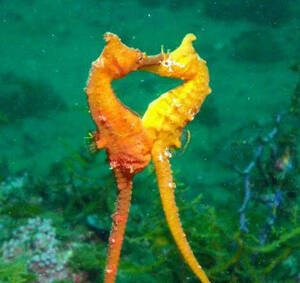
High-crowned Seahorse
High-crowned Seahorse
High-crowned Seahorse is an animal of the Syngnathidae family and the genus ···
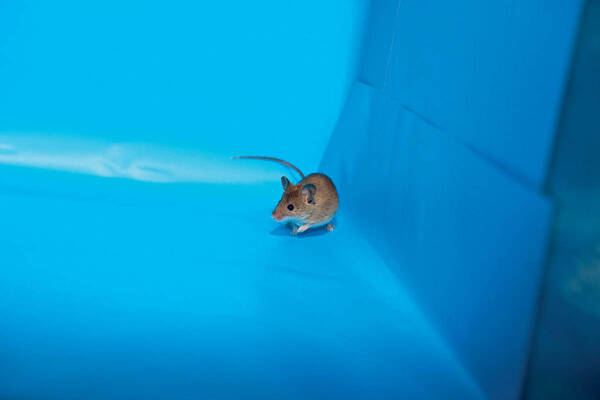
Mus caroli
Mus caroli,Ryukyu house mouse, field mouse, moon mouse, Taiwan house mouse
Castelloni's mouse belongs to the Murinae subfamily. The origin of the m···
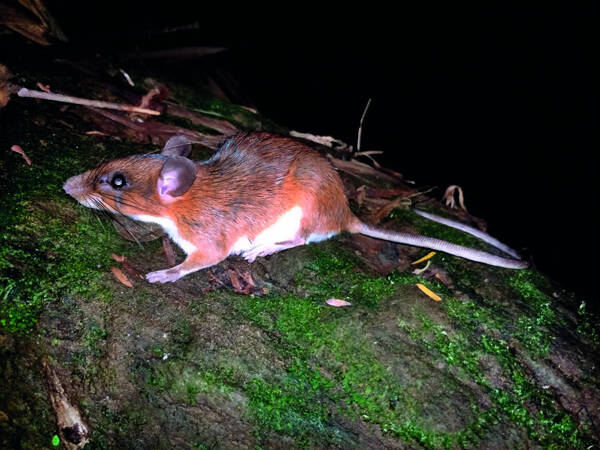
Niviventer fulvescens
Niviventer fulvescens,Mountain rat, red rat, spiny yellow rat, yellow-haired jumping rat
The needle-haired mouse belongs to the Murinae subfamily. The species-level ···
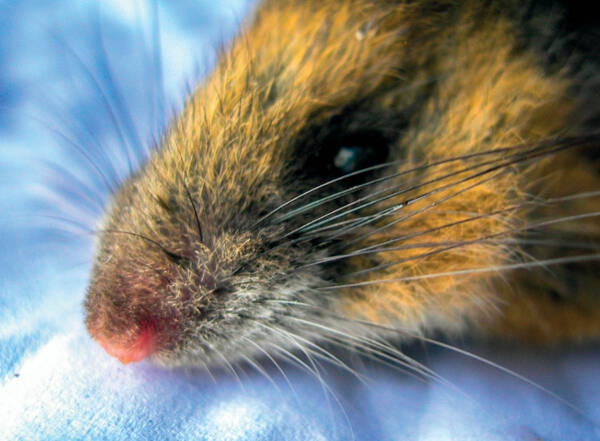
Niviventer eha
Niviventer eha,Niviventer eha eha,Niviventer eha ninus
Gray-bellied rat belongs to the Murinae subfamily. The classification status···
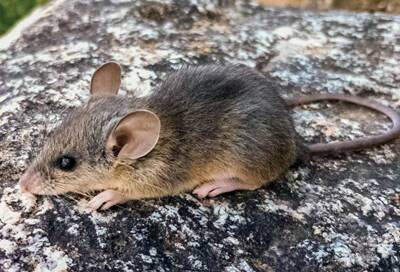
Niviventer excelsior
Niviventer excelsior,Niviventer excelsior excelsior,Niviventer excelsior tengchongensis
The Sichuan White-bellied Rat belongs to the Murinae subfamily. Previously, ···
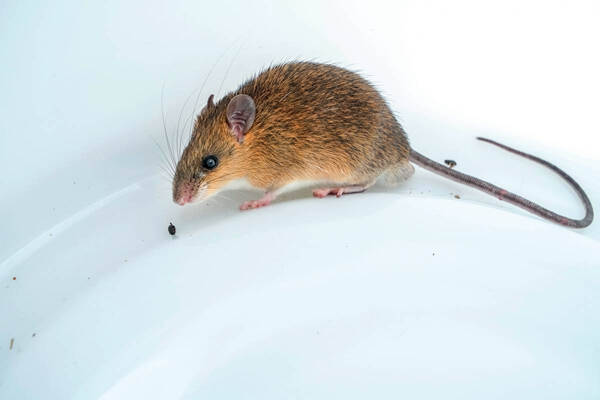
Niviventer confucianus
Niviventer confucianus,Niviventer confucianus chiliensis,Niviventer confucianus confucianus,Rattus rattus, sulfur-bellied rattus, white-tailed star rattus, spiny gray rattus
The Northern Society Rat belongs to the Murinae subfamily. The species-level···
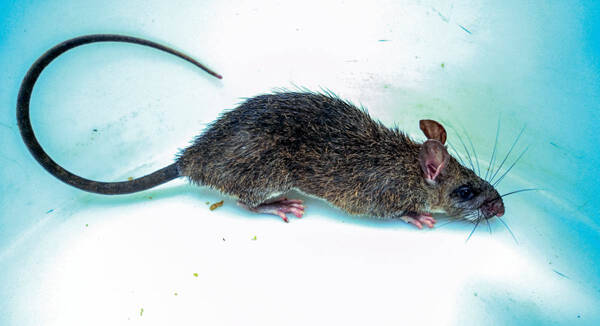
Niviventer coninga
Niviventer coninga,Coxing's White-bellied Rat,Mountain Mouse
The white-bellied giant rat belongs to the Murinae subfamily and the genus L···
